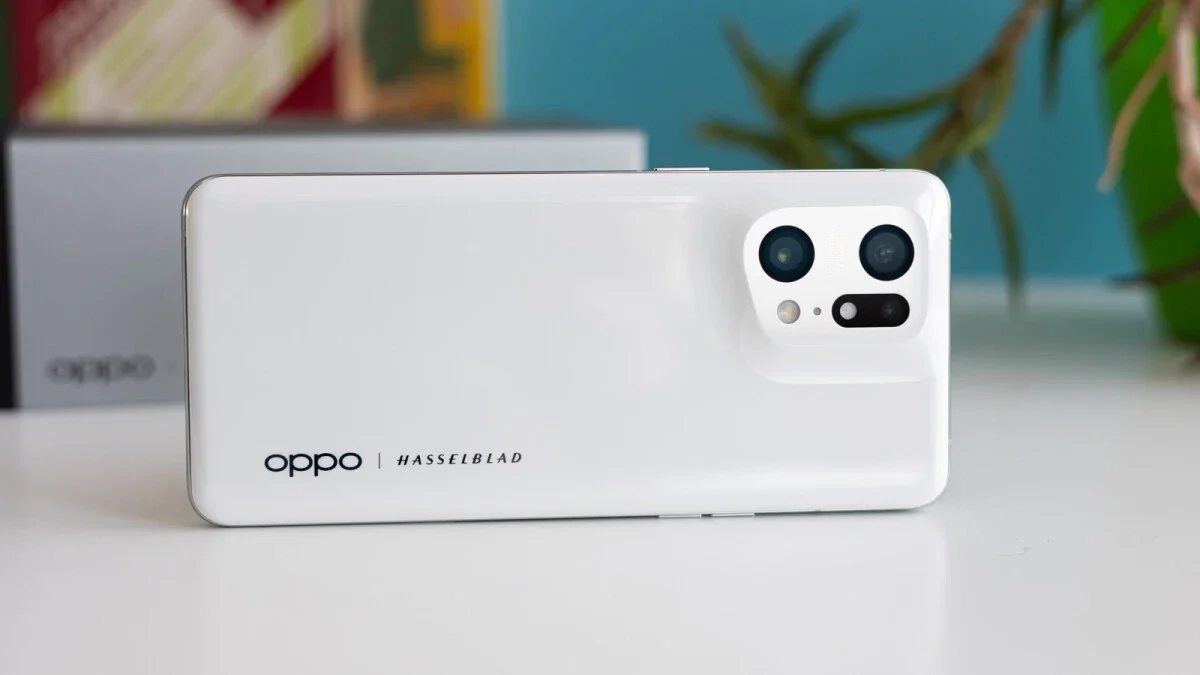Qualcomm's new Snapdragon 7 Gen 1 may debut in Oppo's camera-centered Reno 8

A new leak suggests which phone may be the first handset to use Qualcomm's upcoming mid-range SoC, the Snapdragon 7 Gen 1 (via Gizmochina). According to the leaker, Digital Chat Station, the device will be an Oppo phone with model number PGAM10. As Gizmochina assumes, the PGAM10 could be the upcoming Oppo Reno 8.
The Snapdragon 7 Gen 1 chipset is positioned below the Snapdragon 8 Gen 1, which is currently the go-to SoC for almost every flagship handset. While the former is unlikely to deliver flagship-level performance, this does not imply that Oppo's Reno 8 would be sluggish.
According to Digital Chat Station, the phone will come equipped with a 6.55-inch OLED display featuring a 2400x1080 resolution and a 120Hz refresh rate. Judging from those specs, the Reno 8's aspect ratio would be 20:9, which is slightly taller and a little narrower than the Samsung Galaxy S22+.
The Reno 8 is also expected to come with an in-screen fingerprint sensor and will probably feature a 4,500mAh battery. Leaks say the new phone could possibly have 80W fast charging support, which is probably Oppo's VOOC charging technology, also known as Warp charge on OnePlus phones. In comparison, the OnePlus 10 Pro has a 5,000 mAh battery that charges in 32 minutes with the same 80W charging speed.
In terms of cameras, according to rumors, you will be able to shoot selfies with a 32-megapixel sensor and landscapes with a 50-megapixel snapper.
Digital Chat Station also mentioned that the Reno 8 could come equipped with Oppo's MariSilicon X custom imaging processor, introduced with the Oppo Find X5 Pro, which boosts the camera's low-light performance and the phone's photo processing speeds.
Thanks to MariSilicon X, Oppo's phones achieve a true 20-bit, 20-stops 4K HDR video capture, which, according to the manufacturer, rivals the human eye's dynamic range perception. MariSilicon X is also able to reach 18 trillion operations per second, which is the record for a mobile NPU and manages to do that with minimal power consumption.
It's very nice for Oppo to start offering its flagship camera system on non-flagship phones.
The Reno 8 is also expected to come with an in-screen fingerprint sensor and will probably feature a 4,500mAh battery. Leaks say the new phone could possibly have 80W fast charging support, which is probably Oppo's VOOC charging technology, also known as Warp charge on OnePlus phones. In comparison, the OnePlus 10 Pro has a 5,000 mAh battery that charges in 32 minutes with the same 80W charging speed.
Digital Chat Station also mentioned that the Reno 8 could come equipped with Oppo's MariSilicon X custom imaging processor, introduced with the Oppo Find X5 Pro, which boosts the camera's low-light performance and the phone's photo processing speeds.
Thanks to MariSilicon X, Oppo's phones achieve a true 20-bit, 20-stops 4K HDR video capture, which, according to the manufacturer, rivals the human eye's dynamic range perception. MariSilicon X is also able to reach 18 trillion operations per second, which is the record for a mobile NPU and manages to do that with minimal power consumption.
In our Oppo Find X5 Pro Review, we noticed that thanks to MariSilicon X, Oppo Find X5 Pro "delivers way better dynamic range and more pleasing night-like photo" than its predecessor, which had the same camera setup, just without Oppo's custom chip.
It's very nice for Oppo to start offering its flagship camera system on non-flagship phones.
Follow us on Google News













Things that are NOT allowed:
To help keep our community safe and free from spam, we apply temporary limits to newly created accounts: